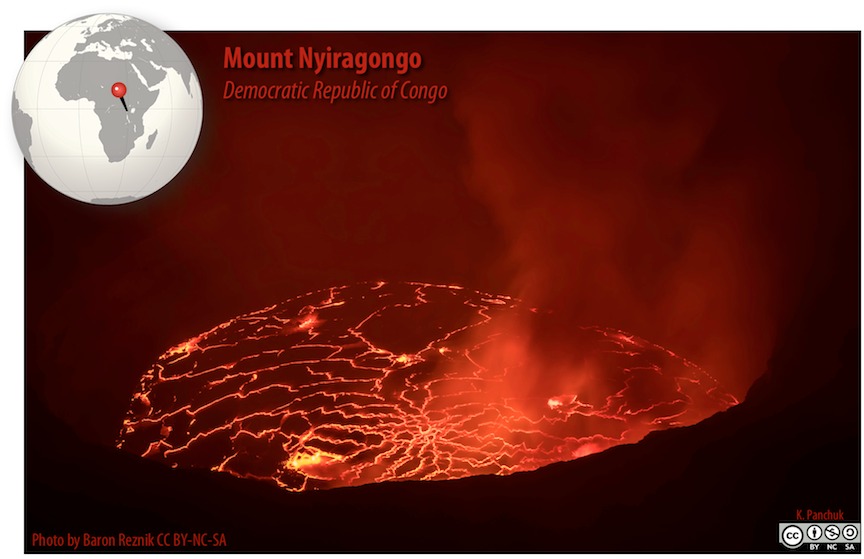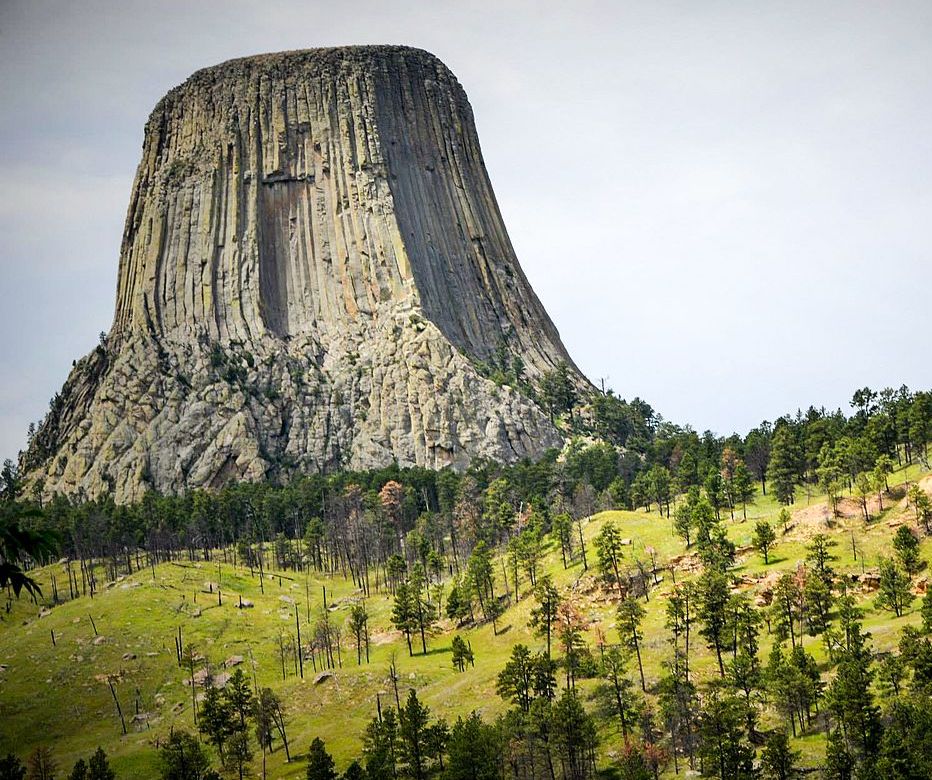Chapter 7. Igneous Rocks

Chapter Goals
Complete this chapter so you can:
- Explain partial melting and the geological processes that lead to melting.
- Describe the range of chemical compositions of magmas.
- Discuss the processes that take place during magma cooling, and the order of crystallization in Bowen’s reaction series.
- Explain how fractional crystallization and partial melting alter magma composition.
- Classify igneous rocks according to the proportions of minerals within them.
- Describe the origins of aphanitic, phaneritic, and porphyritic textures
- Classify plutons according to their shapes and relationships to surrounding rocks.
- Explain how chilled margins form.
Two Main Types of Igneous Rocks
Igneous rocks form when molten (liquid) rock cools and solidifies. The characteristics of igneous rocks differ depending on whether the melt cools on Earth’s surface, or in Earth’s interior. For that reason, we use different terms to distinguish between the two cases.
Melted rock on Earth’s surface is called lava. The rocks that form when lava solidifies are called extrusive igneous rocks or volcanic igneous rocks. The latter term highlights the fact that extrusive igneous rocks are associated with volcanic eruptions. Melted rock within the Earth is called magma. Rocks that form when magma solidifies are called intrusive igneous rocks or plutonic rocks.
Concept Test: Intrusive or Extrusive?

Answer
Bear Lodge is an intrusive (also called plutonic) igneous rock. It’s true that its formation is related to volcanic activity, but it cooled from magma that was never erupted from the volcano, not from lava that escaped the volcano.

